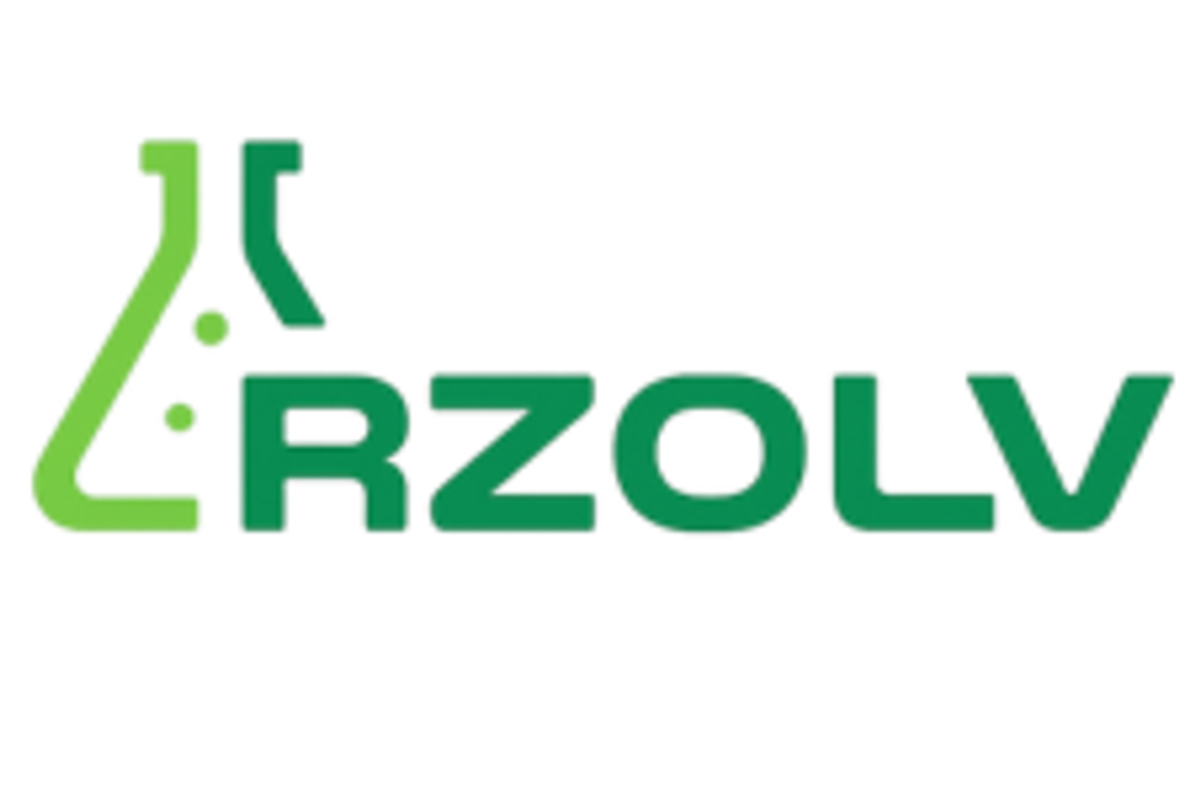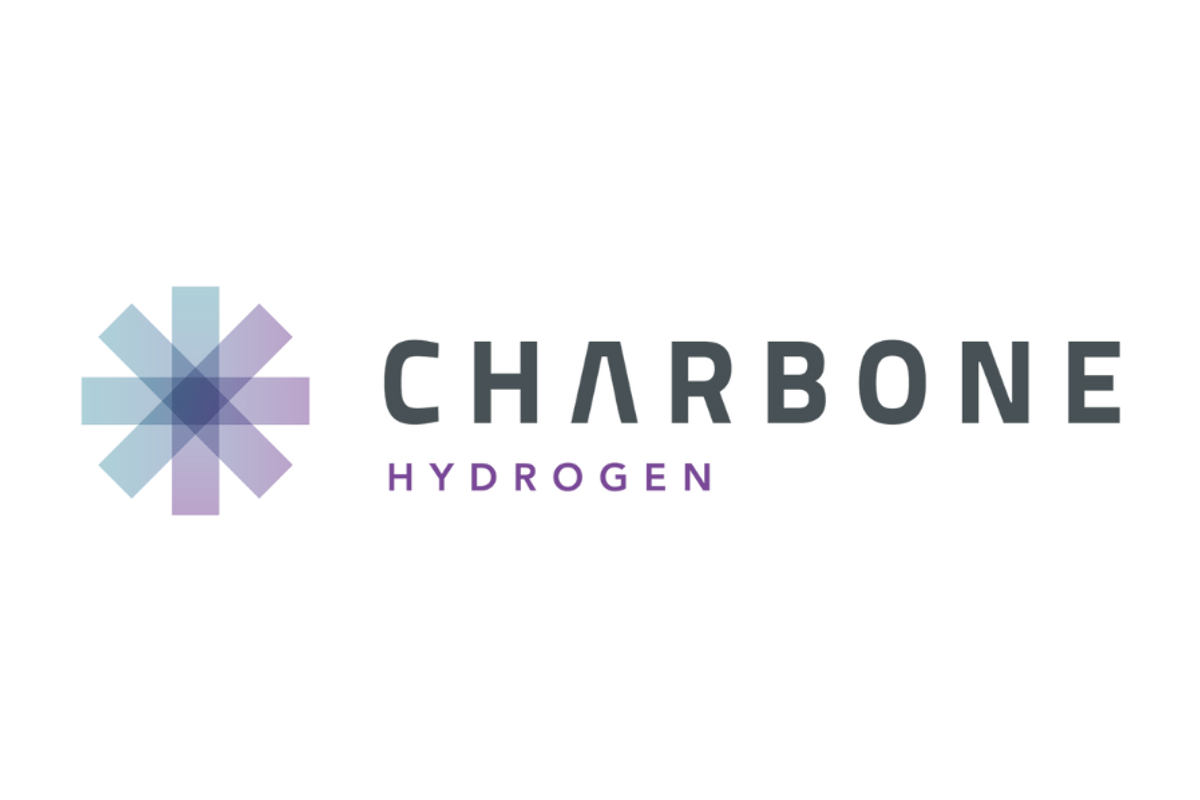
March 27, 2025
CoTec Holdings Corp. (TSXV:CTH)(OTCQB:CTHCF) ("CoTec" or the "Company") is pleased to announce that it has updated its investor presentation to reflect the significant progress the Company has made in the execution of its strategy.
Investors can access the presentation on the Company's website at: https://cotec.ca/_resources/presentations/corporate-presentation.pdf?v=032602
Julian Treger, CoTec CEO commented; "We continue to make significant progress towards our goal of having two cash flow generating assets by H1 2027. If successful, this will be a remarkable achievement compared to conventional mining where cash flow generation often takes more than fifteen years. The Company is trading at a significant discount to its indicative value and closing this value gap is one of our key focus areas. We believe that the successful execution of our strategy will result in a material re-rating of our Company, offering shareholders a superior return on their investment."
About CoTec
CoTec is a publicly traded investment issuer listed on the Toronto Venture Stock Exchange ("TSX- V") and the OTCQB and trades under the symbol CTH and CTHCF respectively. CoTec Holdings Corp. is a forward-thinking resource extraction company committed to revolutionizing the global metals and minerals industry through innovative, environmentally sustainable technologies and strategic asset acquisitions. With a mission to drive the sector toward a low-carbon future, CoTec employs a dual approach: investing in disruptive mineral extraction technologies that enhance efficiency and sustainability while applying these technologies to undervalued mining assets to unlock their full potential. By focusing on recycling, waste mining, and scalable solutions, the Company accelerates the production of critical minerals, shortens development timelines, and reduces environmental impact. CoTec's strategic model delivers low capital requirements, rapid revenue generation, and high barriers to entry, positioning it as a leading mid-tier disruptor in the commodities sector.
For further information, please contact:
Braam Jonker - (604) 992-5600
Forward-Looking Information Cautionary Statement
Statements in this press release regarding the Company and its investments which are not historical facts are "forward-looking statements" which involve risks and uncertainties, including management's expectations with respect to other current and potential future investments and the benefits to the Company which may be implied from such statements. Since forward-looking statements address future events and conditions, by their very nature, they involve inherent risks and uncertainties. Actual results in each case could differ materially from those currently anticipated in such statements, due to known and unknown risks and uncertainties affecting the Company, including but not limited to resource and reserve risks; environmental risks and costs; labor costs and shortages; uncertain supply and price fluctuations in materials; increases in energy costs; labor disputes and work stoppages; leasing costs and the availability of equipment; heavy equipment demand and availability; contractor and subcontractor performance issues; worksite safety issues; project delays and cost overruns; extreme weather conditions; and social and transport disruptions. For further details regarding risks and uncertainties facing the Company please refer to "Risk Factors" in the Company's filing statement dated April 6, 2022, a copy of which may be found under the Company's SEDAR profile at www.sedar.com. The Company assumes no responsibility to update forward-looking statements in this press release except as required by law. Readers should not place undue reliance on the forward-looking statements and information contained in this news release and are encouraged to read the Company's continuous disclosure documents which are available on SEDAR at www.sedarplus.ca.
Neither TSX Venture Exchange nor its Regulation Services Provider (as that term is defined in the policies of the TSX Venture Exchange) accepts responsibility for the adequacy or accuracy of this news release.
iron investingtsxv:cthtsxv stockscleantech stockscleantech explorationcleantech investingcopper investingrare earth investing
CTH:CA

Sign up to get your FREE
CoTec Holdings Investor Kit
and hear about exciting investment opportunities.
- Corporate info
- Insights
- Growth strategies
- Upcoming projects
GET YOUR FREE INVESTOR KIT
The Conversation (0)
14 October
CoTec Holdings
Unlocking value with disruptive resource technologies
Unlocking value with disruptive resource technologies Keep Reading...
26 November
CoTec Investment Magiron Completes Pilot Plant Tests, Achieving Exceptional Recovery Rates
VANCOUVER, BRITISH COLUMBIA / ACCESS Newswire / November 26, 2025 / CoTec Holdings Corp. (TSXV:CTH,OTC:CTHCF)(OTCQB:CTHCF) ("CoTec" or the "Company") is pleased to note that its ~16.5% investment, MagIron LLC ("MagIron"), today announced the successful completion of its comprehensive independent... Keep Reading...
19 November
CoTec Holdings Corp. Files Third Quarter Financial Statements And MD&A
VANCOUVER, BRITISH COLUMBIA / ACCESS Newswire / November 19, 2025 / CoTec Holdings Corp. (TSXV:CTH,OTC:CTHCF)(OTCQB:CTHCF) ("CoTec" or the "Company") is pleased to announce that it has filed its unaudited interim condensed consolidated financial statements and the accompanying management's... Keep Reading...
19 November
HyProMag USA Expands Feedstock Supply Agreement With Global Electronics Recycler, Intelligent Lifecycle Solutions
VANCOUVER, BC / ACCESS Newswire / November 19, 2025 / CoTec Holdings Corp. (TSXV:CTH,OTC:CTHCF)(OTCQB:CTHCF) ("CoTec" or the "Company") is pleased to note today's press release by HyProMag USA, LLC ("HyProMag USA"), its U.S.-based joint venture rare earth permanent magnet recycling and... Keep Reading...
11 November
Cotec Québec, Appoints Josée Méthot As Independent Director
VANCOUVER, BC / ACCESS Newswire / November 11, 2025 / CoTec Holdings Corp. (TSXV:CTH,OTC:CTHCF)(OTCQB:CTHCF) ("CoTec" or the "Company") is pleased to announce the appointment of Josée Méthot as an Independent Board Director to CoTec Québec Corporation Inc. ("CoTec Québec") effective November 11,... Keep Reading...
27 August
CoTec Holdings Corp. to Present at the Clean Energy Metals Virtual Investor Conference August 28th
CoTec Holdings Corp. (TSX-V: CTH; OTCQB: CTHCF) ("CoTec") today announced that Julian Treger, Chief Executive Officer, will present live at the Clean Energy Metals Virtual Investor Conference hosted by VirtualInvestorConferences.com on August 28th, 2025 DATE : August 28 th TIME: 10:30am-11:00am... Keep Reading...
7h
RZOLV Technologies Announces Investor Relations and Market Making Agreements
Rzolv Technologies Inc. (TSXV: RZL) (the "Company" or "RZOLV") announces it has entered into agreements with the following investor relations and market-making service providers.Investor Relations AgreementsOutside the Box Capital Inc. ("OTB"): Effective October 22, 2025, RZOLV engaged OTB to... Keep Reading...
02 December
RZOLV Technologies Inc. Announces Management Changes
Rzolv Technologies Inc. (TSXV: RZL) ("RZOLV" or the "Company") is pleased to announce the appointment of Mark Orsmond as Chief Financial Officer ("CFO"), effective December 1, 2025.Mr. Orsmond is a seasoned Business and Finance executive with more than 25 years of proven success in leading,... Keep Reading...
01 December
CHARBONE confirme sa premiere production d'hydrogene a Sorel-Tracy
(TheNewswire) Brossard, Quebec TheNewswire - le 1 er décembre 2025 CORPORATION CHARBONE (TSXV: CH,OTC:CHHYF; OTCQB: CHHYF; FSE: K47) (« CHARBONE » ou la « Société »), un producteur et distributeur nord-américain spécialisé dans l'hydrogène propre Ultra Haute Pureté (« UHP ») et les gaz... Keep Reading...
01 December
CHARBONE Confirms its First Hydrogen Production in Sorel-Tracy
(TheNewswire) Brossard, Quebec TheNewswire - December 1, 2025 CHARBONE CORPORATION (TSXV: CH,OTC:CHHYF; OTCQB: CHHYF; FSE: K47) (" CHARBONE " or the " Company "), a North American producer and distributor specializing in clean Ultra High Purity (" UHP ") hydrogen and strategic industrial gases,... Keep Reading...
28 November
Charbone Hydrogen Announces Q3 2025 Financial Results
(TheNewswire) Brossard, Quebec, November 28, 2025 TheNewswire - CHARBONE CORPORATION (TSXV: CH,OTC:CHHYF; OTCQB: CHHYF; FSE: K47) (" CHARBONE " or the " Company "), a North American producer and distributor specializing in clean Ultra High Purity (" UHP ") hydrogen and strategic industrial gases... Keep Reading...
28 November
Charbone Hydrogene annonce les resultats financiers T3 2025
(TheNewswire) Brossard (Québec), le 28 novembre 2025 TheNewswire - CORPORATION CHARBONE (TSXV: CH,OTC:CHHYF; OTCQB: CHHYF; FSE: K47) (« CHARBONE » ou la « Société »), un producteur et distributeur nord-américain spécialisé dans l'hydrogène propre Ultra Haute Pureté (« UHP ») et les gaz... Keep Reading...
Latest News

Sign up to get your FREE
CoTec Holdings Investor Kit
and hear about exciting investment opportunities.
- Corporate info
- Insights
- Growth strategies
- Upcoming projects
GET YOUR FREE INVESTOR KIT
Latest Press Releases
Related News
TOP STOCKS
American Battery4.030.24
Aion Therapeutic0.10-0.01
Cybin Corp2.140.00


